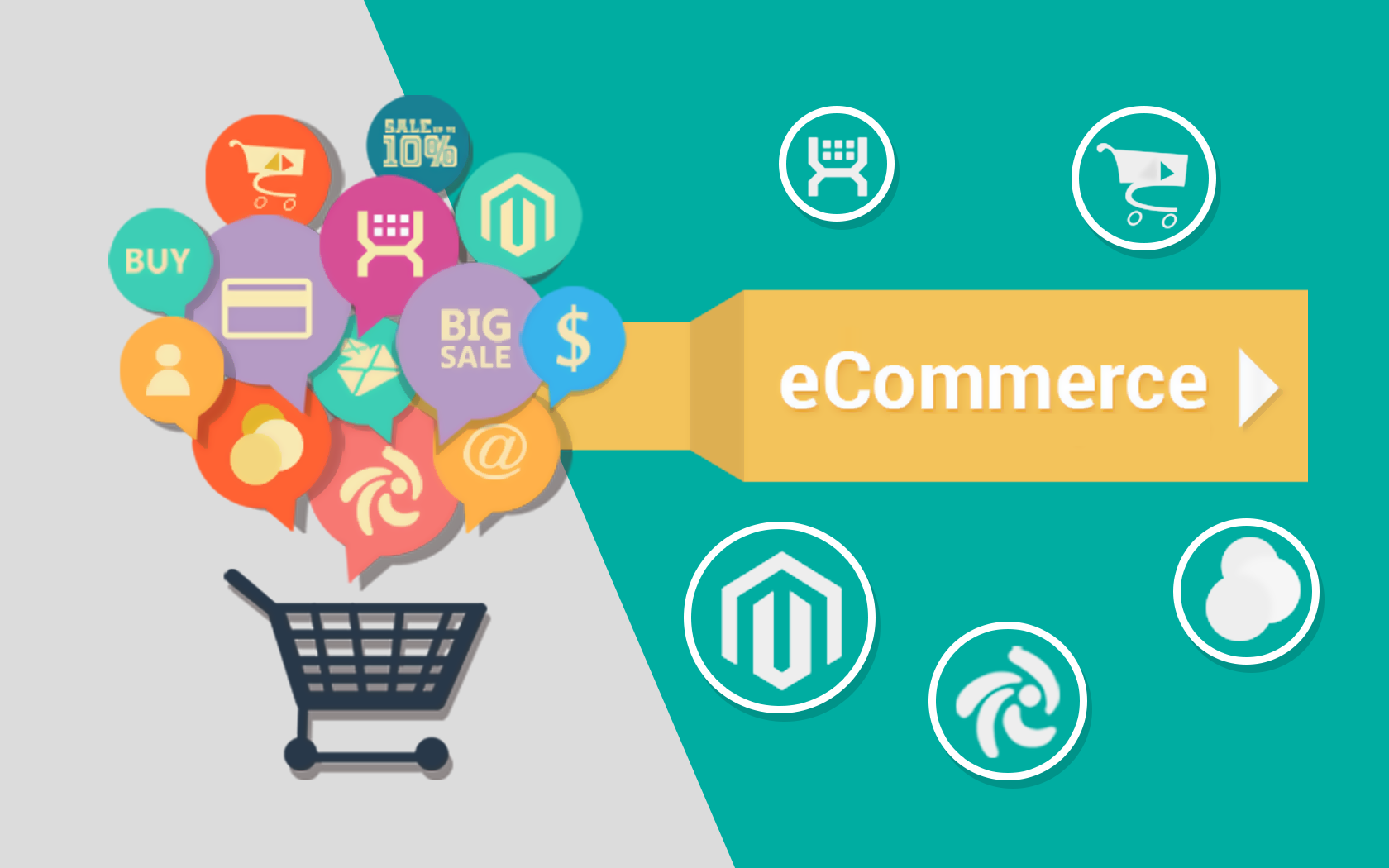Here are 6 important ecommerce KPIs you should be tracking

Key Performance Indicators (KPIs) are an important part of the data analytics toolbox for any business. There are some especially useful ones for ecommerce companies. These numbers give business owners a better idea of how they are performing regarding widely used metrics. If your brand is lagging behind industry competition in a few main KPIs, it’s probably time to make some changes. Additionally, identifying the KPIs that make the most sense for your company in particular will yield the best long-term results.
Here are six of the top ecommerce KPIs to track, and some further thought about how to develop your own.
Conversion Rate
Conversion rate is a highly useful KPI used by ecommerce retailers to keep track of how many sales they’re making versus how many people are visiting their site. The conversion rate is expressed as a percentage. For most retailers, this number is going to be fairly low (five percent is considered a good conversion rate for an online store). This is because most people want to shop around a few sources when they’re buying something online. It’s also important to note that conversion rates vary between devices (desktop, tablet, smartphone); so, you should track each of these separately in order to get deeper consumer insights.
Cart Abandonment Rate

A lot of people new to the online retail world don’t appreciate the prevalence of cart abandonment. This is one of the biggest issues that retailers face in finalizing conversions. Like conversion rate, cart abandonment varies based on device. And it averages at surprisingly high levels—73 percent for desktop, and over 85 percent for smartphones. Ignoring this metric isn’t going to help you. But by closely tracking it, you can identify strategies that will lower this crucial KPI.
Customer Acquisition Cost
Many retailers feel customer acquisition cost is the most important KPI of all. This is a comparison of how much you spend on marketing versus number of new customers. It’s generally much harder to get new customers than it is to retain them, which is why lowering CAC can dramatically improve the fundamentals of a retailer.
Customer Lifetime Value
This is another KPI that’s right up there with the most important retail data analytics numbers. CLV expresses how much a customer is going to spend with your brand over their entire time as your customer. You want to find ways to maximize this value in order to maximize profitability. This is a highly influential metric for both physical and online retailers.
Return Rate
The rate of return on purchased goods is another valuable metric for all kinds of retailers. There’s generally a much higher return rate for online purchases than those done in-store. There are a few factors that play into this, such as the fact that people can’t touch things when they buy them online. Also, many people will just order multiple versions of an item if it comes with free return shipping. Minimizing returns is critical for maximizing margins in retail.
Social Following Growth
You shouldn’t overlook the significance of your social media followers. Keeping tabs on the growth rates of your social followings can give you a better idea of what people think of your brand. Identifying changes in growth rate will help you spread brand awareness, and hopefully increase revenue.
Importance of Dashboards
It’s important that you look beyond common KPIs when developing a data analytics strategy. While you obviously need to track these common metrics, you should also determine what’s most valuable to your particular business. Developing your own KPIs will give you a decisive advantage over organizations that don’t want to put in that extra legwork. But before you do this, you need to get analytics software that allows you to build custom dashboards to facilitate your own metrics. It’s also smart to opt for an analytics program that’s user friendly, as this will allow more people to take advantage of it within your organization. Creating a data-centric company culture will lead to smarter decision-making, and ultimately stronger results.
Retailers in today’s economy can’t shy away from leveraging their data. Keep these KPIs in mind when you’re putting together a data analytics strategy for your business.